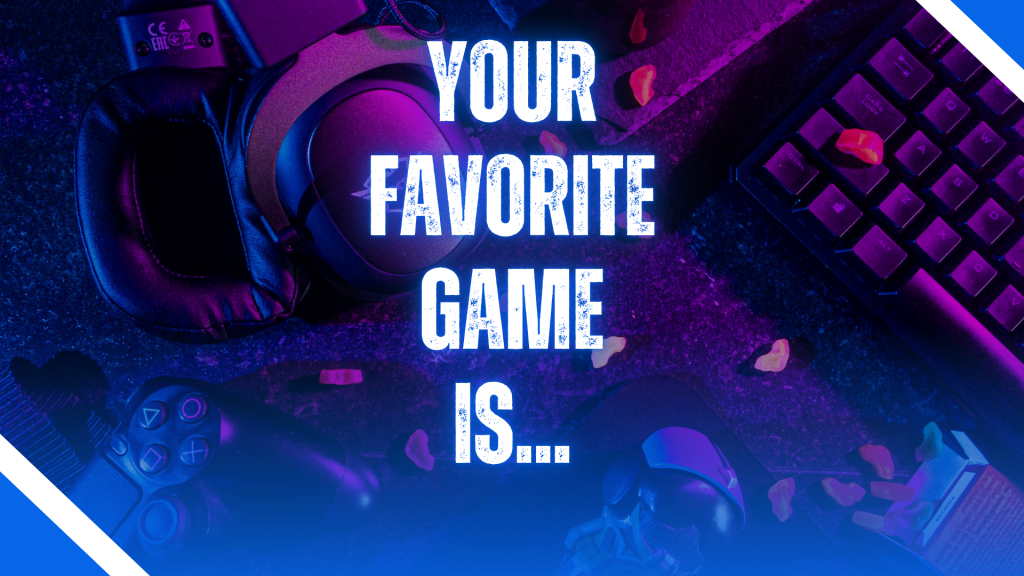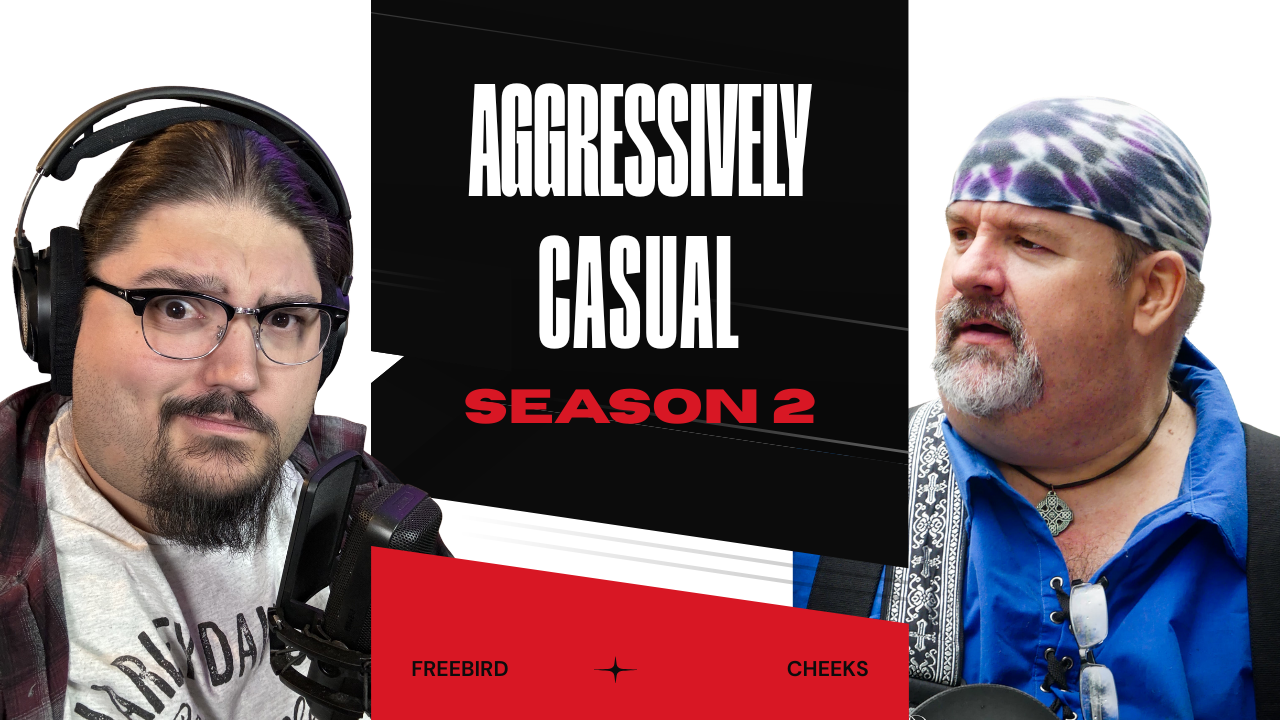Now Reading: The Death of ‘Content’: Why Streamer Bait Is Killing Good Game Design
-
01
The Death of ‘Content’: Why Streamer Bait Is Killing Good Game Design
The Death of ‘Content’: Why Streamer Bait Is Killing Good Game Design

It’s not a game. It’s a moment generator. A TikTok template. A chaos machine with a monetization funnel. Welcome to the era of streamer bait—and the slow death of thoughtful game design.
We’ve all seen it: games engineered not for players, but for watchers. Titles that prioritize clips over systems. That spike dopamine in 20-second intervals. That don’t want you to think—they want you to trend.
And while some of it is fun in the short-term, the long-term cost is becoming impossible to ignore. “Content-first” design is cannibalizing good ideas. It’s not about depth. It’s about volume. And it’s leaving players burned out, overstimulated, and increasingly hollowed out by the hype loop.
What Is Streamer Bait, Exactly?
It’s a design style that prioritizes loud, repeatable, easily shareable moments over cohesion, narrative, or long-term engagement. Think:
- Explosive death animations
- Wacky ragdoll physics
- “Did that just happen?” NPC behavior
- One-liners engineered for TikTok voiceovers
- Jump scares on a timer
None of this is inherently bad. But when these moments are the game, you end up with a shell—viral by design, forgotten by next week.
“Not every game needs to trend. Some need to breathe.” — FreeBird
How We Got Here
The shift didn’t happen all at once. First came the YouTube-friendly “Let’s Play” era, where horror games thrived on overreactions. Then Twitch, where viewer engagement started influencing pacing and design. Then TikTok, where the entire experience had to collapse into 30 seconds—or die trying.
Now we have developers openly building games “for streamers.” Mechanics designed for chaos, not clarity. Characters that speak in meme-speak. Boss fights tuned for viral frustration instead of skill expression. It’s all noise. On purpose.
The Cost of Constant Content
Games are becoming exhausting. Not because they’re too big—but because they’re trying to perform every second.
As a player, you’re not just progressing. You’re being chased by spectacle. You don’t explore. You’re pushed. The game isn’t asking for curiosity—it’s demanding a reaction.
What gets sacrificed?
- Stillness
- Subtlety
- Character development
- Emergent moments that don’t scream “clip this”
- Actual pacing
These games aren’t broken. But they’re increasingly empty. Designed to be seen, not lived in.
Examples We Can’t Ignore
We’re not calling these games bad. But they’re emblematic:
- Goat Simulator 3 – Fun for 30 minutes. Engineered chaos. Zero staying power.
- Content Warning – Clever meta-premise… and also a co-op stream farm with barely a game underneath.
- Party Animals – Hilarious ragdoll fights. Also repetitive, shallow, and impossible to enjoy solo.
- Only Up! – Skyrocketed in views. Disappeared in meaning.
Meanwhile, games like Outer Wilds, Return of the Obra Dinn, or even Deep Rock Galactic aren’t optimized for streaming—and remain cult favorites. Because they reward presence, not performance.
What It Feels Like to Play These Games
You boot in. The energy is high. Your friends are laughing. Stuff is exploding. It’s hilarious.
And then an hour in, there’s nothing left. You’ve seen the joke. You’ve done the dance. The world doesn’t grow. It just loops. The noise gets louder, but the joy plateaus.
You don’t quit because it’s bad. You quit because it’s hollow. And that’s worse.
How We Fix It
We stop designing for clips. We design for players. That means:
- Letting mechanics unfold gradually—not all at once
- Building worlds with room for silence
- Trusting players to find joy in systems, not just spectacle
- Designing for replayability, not virality
We also need streamers to stop pretending every frame has to be content. Sometimes the best moments aren’t shareable. They’re personal.
“A good game is remembered by the person playing it—not the algorithm watching them.” — PX2S contributor
Content Isn’t the Enemy—But It’s Not the Goal
We love content. We’re literally built on it. But when content becomes the point instead of the byproduct, the medium suffers. Not everything needs to go viral. Some games deserve to just be experienced.
Make games. Not content. Clip if you must—but don’t design around the clip.

AJ Hanson has been part of games media since 2011, writing, streaming, and ranting about the industry long before it was his job. He runs the Galaxy’s Edge Discord, the go-to community for fans of Disney’s Star Wars parks, and works as Marketing Director for the Virtual Cantina Network, helping produce shows, interviews, and fan events. A lifelong Star Wars fan and unapologetic nerd, AJ’s focus has always been on building spaces where people can connect, argue, and celebrate the things they love without all the corporate gloss.












